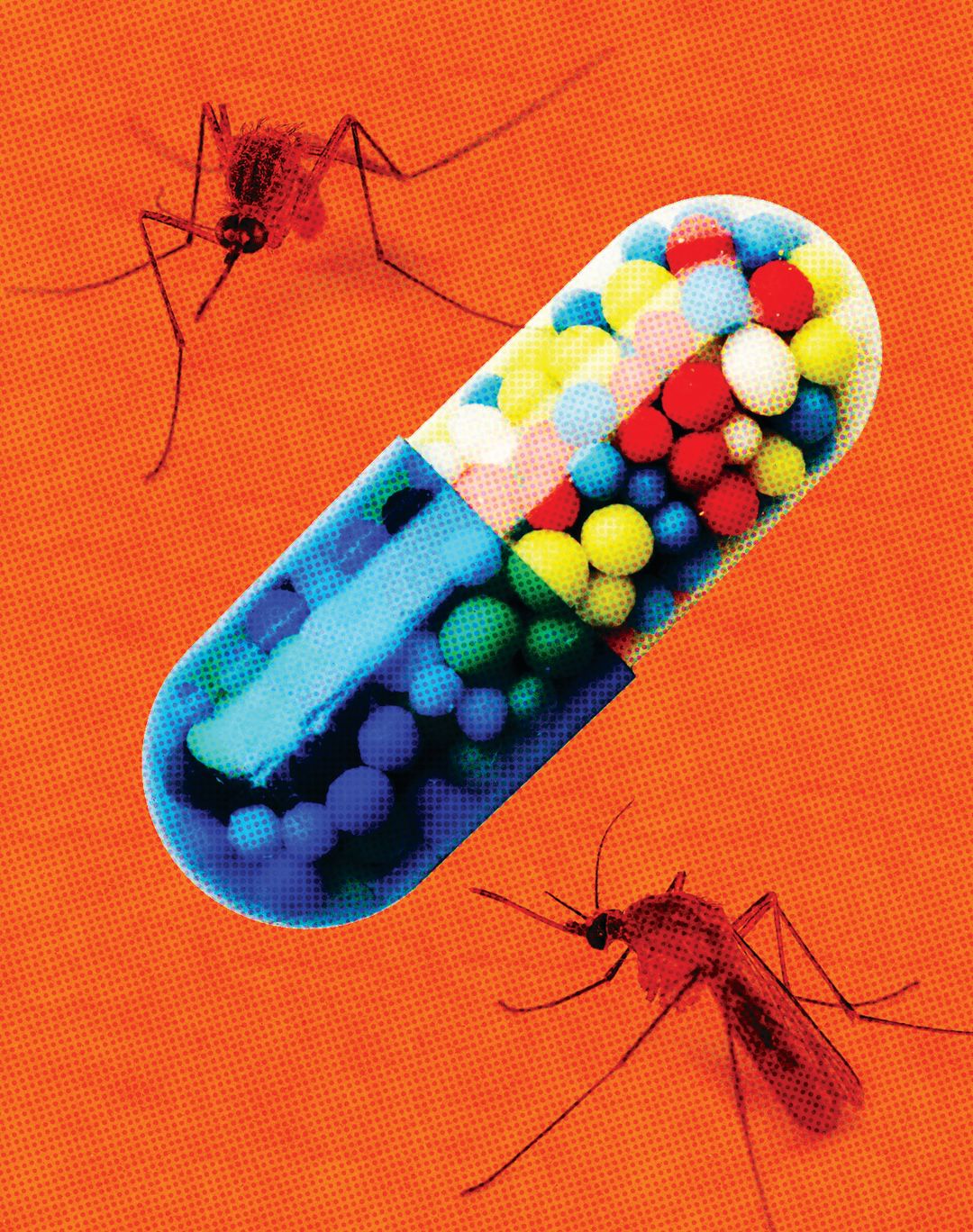Have These Portland State Researchers Found a Cure to Malaria?

Image: Amy Martin
Last year, about 214 million people contracted malaria, with almost half the global population at risk. Since 2000, preventive measures have helped lower the mortality rate by 37 percent globally, but the virus killed about 438,000 people in 2015, most in Sub-Saharan Africa.
Two Portland State researchers have found a chemical compound they believe could annihilate the mosquito-borne parasite that causes the disease. The compound has already proven successful in lab tests on blood samples and with mice. “We were able to completely clear the [malaria] parasite in the mouse by day 21,” says chemistry professor Kevin Reynolds.
The PSU research team’s chemical baby, currently dubbed KAR 425, has already attracted international attention. A Spanish pharmaceutical giant is now running tests overseas. Locally, Reynolds and research associate Papireddy Kancharla hope that someday similar results can be produced within human subjects. But before they can do that, there are more questions to be asked.
“We know that the compound has worked, but we don’t actually know how it works,” Reynolds admits.
To do that, Reynolds and Kancharla have enlisted Roland Cooper, a chemist at the Bay Area’s Dominican University of California. Cooper’s job is to engineer a malaria strain resistant to the treatment. In this roundabout way, Reynolds and Kancharla hope to discover how the parasite reacts to the chemical compound.
According to Reynolds, the cure is long overdue. While he has been working on this project for about a decade, the foundational research for KAR 425 dates back to papers written in the late 1960s. Since then, researchers have taken baby steps toward a breakthrough.
“This compound is the product of years of incremental achievements,” Reynolds says. “We’ll keep our fingers crossed.”




